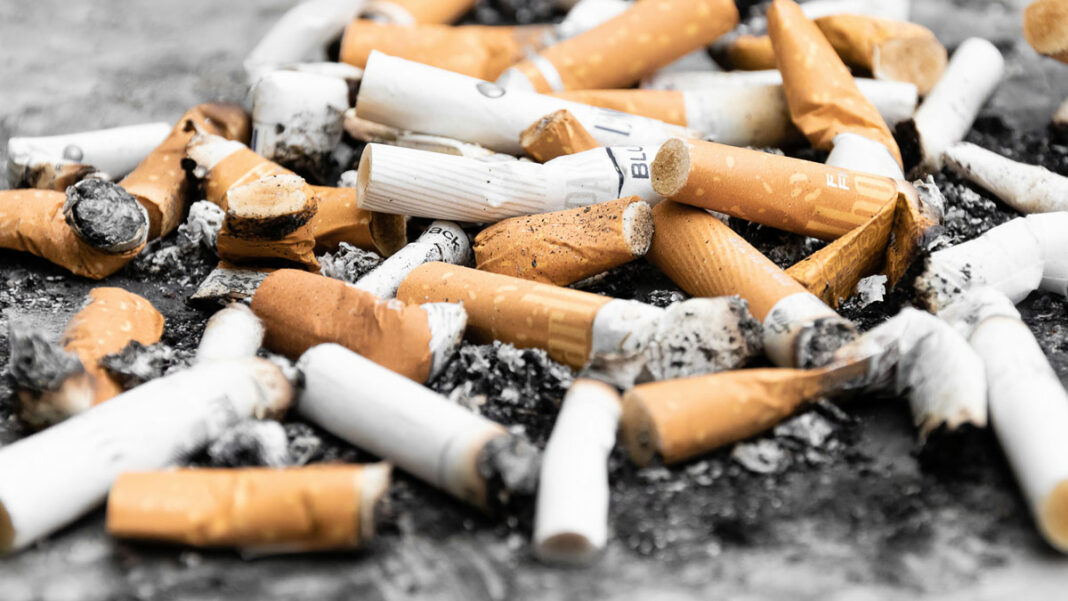Garbology, the study of modern refuse, trash and the receptacles used to store it, became an academic pursuit in the 1970s due to the pioneering work of Dr. William Rathje.
A Harvard-educated anthropologist by training, Dr. Rathje reportedly believed that a thorough study of the contents of a household’s trashcan could reveal more than a lengthy interview with the humans filing the receptacle each week.
Dr. Rathje may well have been proud of two UCSF researchers who spent much of last year scouring 12 Bay Area high schools for solid evidence about what students are smoking these days.
“At each school, researchers systematically scanned the student parking lots and exterior school perimeter areas once during July 2018–April 2019 to collect all e-cigarette product waste, combustible tobacco product waste, and cannabis product waste found on the ground,” a summary of the study states.
While they didn’t dive into garbage cans, the study was probably much more accurate – and cost-effective – than grilling hundreds of high schoolers about their smoking habits. The authors of the study, Dr. Jeremiah Mock and Dr. Yogi H. Hendlin, selected twelve public high schools in Marin, San Francisco, Alameda, and Contra Costa counties, and listed all of the butts and bits they found in categories.
E-garbology
All told, they found 893 pieces of trash. Twenty percent (172) were related to Juul devices, about ten percent were from cigarellos (87) and nearly seventy percent (620) were tied to conventional cigarettes. A measly 14 pieces of trash were related to marijuana products.
While the Juul products were a minority, interestingly, they were more likely to be found at middle- and upper-income schools. And, according to the study, the vast majority of students using Juul products (99 percent) opted for flavored products rather than an old-school tobacco-flavored pod.
The study was published in the Morbidity and Mortality Weekly Report (MMWR), a no-doubt-uplifting publication put out by the Centers for Disease Control and Prevention, in October.
E-cigarettes and other electronic smoking implements have garnered lots of negative attention this year in part because of growing popularity among teenagers and some companies’ practice of actively marketing flavored products to those teenagers.
Between 2017 and 2018, the portion of high school students using e-cigarettes nearly doubled from 11.7 to 20.8 percent of the total school population, according to a study by the U.S. Food and Drug Administration.
Along with negative health effects, the new smoking devices may have ushered in a new era of garbage. While e-cigarette cartridges and other resultant waste may not pose as much of a fire risk than a leftover cigarette butt, they pose other problems once they are depleted.
After all, once your cartridge is empty or your battery is dead, your e-cigarette is, essential, e-waste. Later generations of scientists will no doubt have plenty of time to study the effects.










